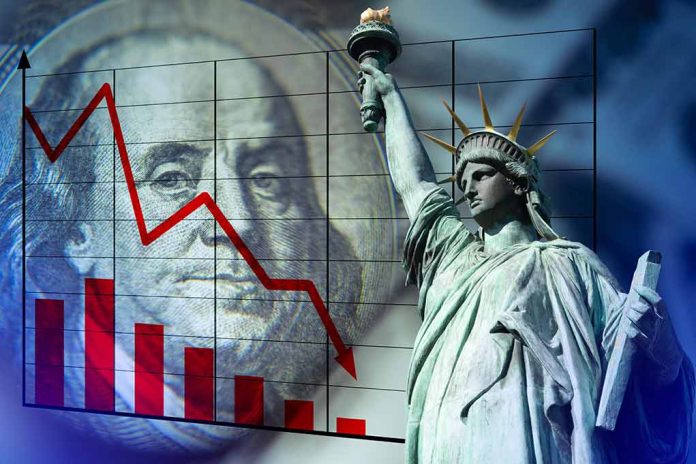
Trump’s latest executive order on tariffs, announced in April 2025, signals a bold move aimed at rectifying the longstanding U.S. trade deficits and revitalizing domestic manufacturing.
Key Takeaways
- President Trump declared a national emergency over foreign trade practices impacting U.S. economic security.
- An across-the-board 10% tariff will affect most countries, with some facing higher rates.
- The tariffs aim to protect American industry and reduce trade imbalances.
- Exemptions include critical goods like steel and aluminum.
- The executive order is part of a broader strategy to promote fair trade and economic independence.
National Emergency Declaration
President Donald J. Trump has declared a national emergency, citing foreign trade practices as a threat to U.S. economic and national security. This move, backed by the International Emergency Economic Powers Act of 1977, aims to impose comprehensive tariffs designed to address deep-seated trade imbalances and the impact of nonreciprocal trade practices.
The tariffs will apply a uniform 10% levy on imports from all countries. However, countries exhibiting the largest trade imbalances with the U.S. will encounter higher rates. These measures exclude specific goods, notably steel, aluminum, and pharmaceuticals, to safeguard industries pivotal to national security and public welfare.
Addressing Trade and Manufacturing Challenges
The executive order seeks to recalibrate the U.S.’s structural trade relationships, which are hindered by low tariff averages of 3.3% compared to much higher tariffs in nations like China and India. The disparities extend beyond tariffs to include non-tariff barriers, which have significantly eroded the U.S. manufacturing base, a critical sector for national and economic security.
These tariff policies fortify the broader economic agenda aimed at American prosperity and industrial resurgence. The outlined strategy embraces principles of trade reciprocity designed to foster a level playing field for U.S. manufacturers and workers.
Strategic Intent and Domestic Impact
Trump’s order articulates a critical perspective by framing trade policy as an extension of national security strategy. By targeting trade deficits, the outlined tariffs are expected to stabilize domestic employment and industrial capacity, thus reinforcing economic resilience in the face of global market fluctuations.
While the policy has its critics, pointing to a lack of specificity, the document robustly addresses America’s trade vulnerabilities, pushing for a realignment of post-World War II trade agreements. In doing so, it underscores the necessity of robust domestic production not only for economic stability but as a pillar of national security.





